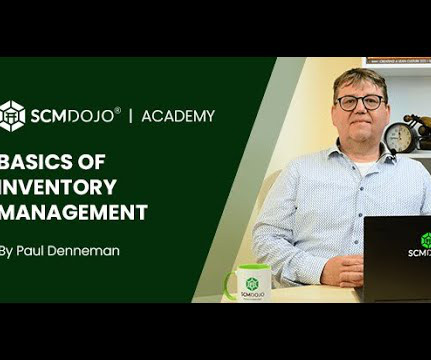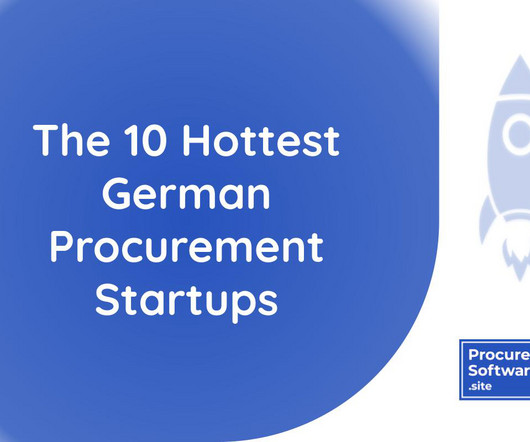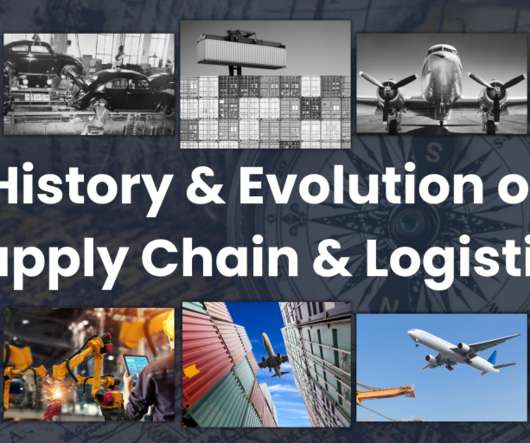Streamlining supply chain management: Strategies for the future
IBM Supply Chain Blog
FEBRUARY 19, 2024
Supply chain disruptions are caused by a variety of factors, from pandemics, natural disasters and political instability to supplier bankruptcy and IT failures. Automation Automation can streamline supply chain operations, from order fulfillment to inventory tracking.


















Let's personalize your content